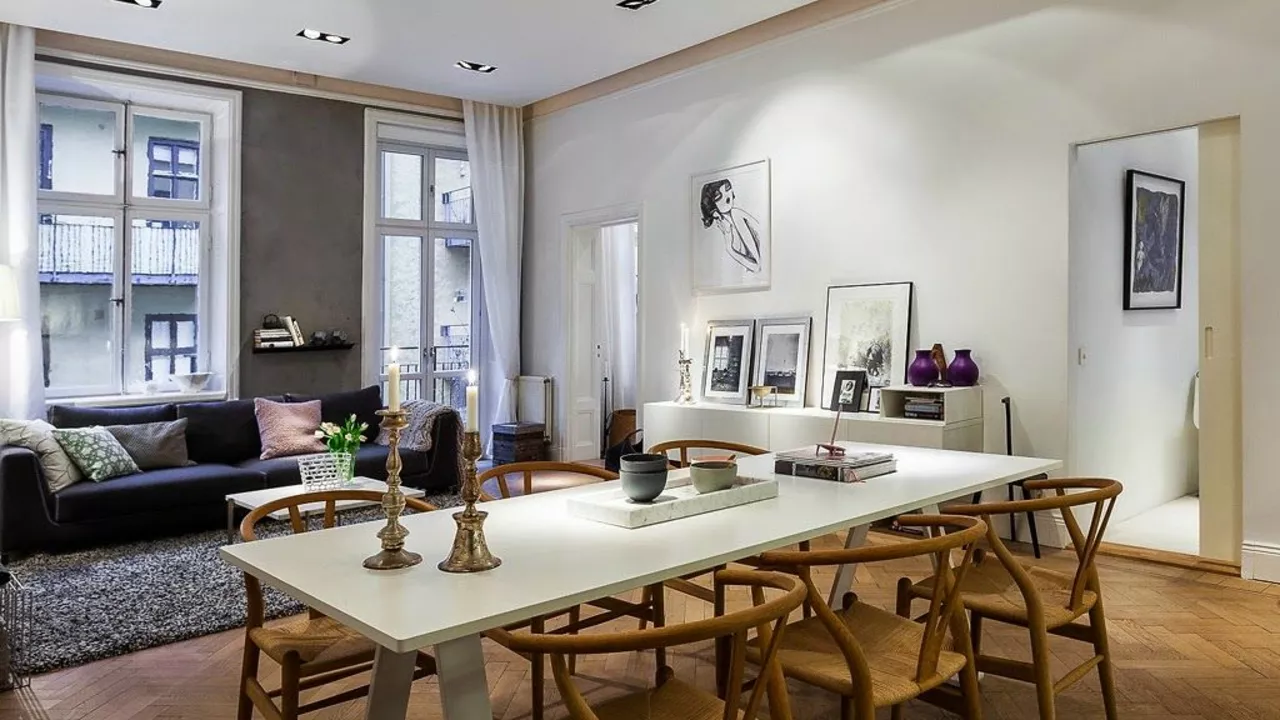
Understanding the Core of Interior Design
Interior design is not just about making a space look beautiful. It is a multifaceted profession that involves conceptual development, space planning, site inspection, and managing and executing the design. It is the art and science of enhancing the interior of a building to achieve a healthier and more aesthetically pleasing environment for the people using the space. As an interior designer, I play a pivotal role in crafting spaces that are functional, safe, and meet the clients’ needs.
Interior design is often confused with interior decorating. However, the two are not the same. While interior decorating is about adorning a space with beautiful elements, interior design goes a step further by considering the functionality and usage of the space. As an interior designer, I don't just select furniture and accessories, but also make decisions that affect the structural layout of the space.
The Intersection of Creativity and Technicality
Interior design is a perfect blend of creativity and technicality. A well-designed space is not just visually appealing but also functional, comfortable, and meets the specific needs of the occupants. This requires a deep understanding of human psychology, cultural and societal norms, and ergonomics, as well as technical knowledge about structural design, building codes, and health and safety regulations.
The design process involves a lot of problem-solving and decision-making. From understanding the clients' needs to developing a design concept, from drafting the design plans to selecting the materials, from coordinating with the contractors to supervising the execution, every step requires critical thinking, creativity, and a keen eye for detail. As an interior designer, I always strive to create spaces that not only meet the clients' needs but also reflect their personality and lifestyle.
Education and Training in Interior Design
The first step towards a career in interior design is to get a formal education. There are many universities and colleges that offer degree programs in interior design. The curriculum typically includes courses in drawing, design, color theory, computer-aided design (CAD), architecture, and furniture design. Some programs also offer business courses to prepare students for the business side of the profession.
Besides formal education, practical experience is also crucial. Many degree programs require students to complete internships to gain hands-on experience. Joining professional organizations and attending workshops and seminars can also provide valuable learning opportunities. As an interior designer, I always believe in continuous learning and staying updated with the latest trends and technologies in the industry.
Building a Successful Career in Interior Design
Building a successful career in interior design requires more than just design skills and creativity. It also requires business acumen, communication skills, and the ability to work with a team. Networking and building relationships with clients, suppliers, and other professionals in the industry are also crucial.
Starting a career in interior design can be challenging. It takes time to build a portfolio and establish a reputation. But with determination, perseverance, and passion, it is possible to achieve success. As an interior designer, I have faced numerous challenges and setbacks, but I have always been driven by my passion for design and my desire to create beautiful and functional spaces.
The Future of Interior Design
With the increasing awareness about the importance of well-designed spaces, the future of interior design looks promising. There is a growing demand for designers who can create sustainable, inclusive, and adaptive designs. Technology is also playing a key role in shaping the industry. From virtual reality to 3D printing, new technologies are providing exciting opportunities for innovation and creativity.
As an interior designer, I am excited about the future. I believe that interior design has the power to transform spaces and improve people's lives. And I am committed to using my skills and creativity to contribute to this exciting and dynamic profession.